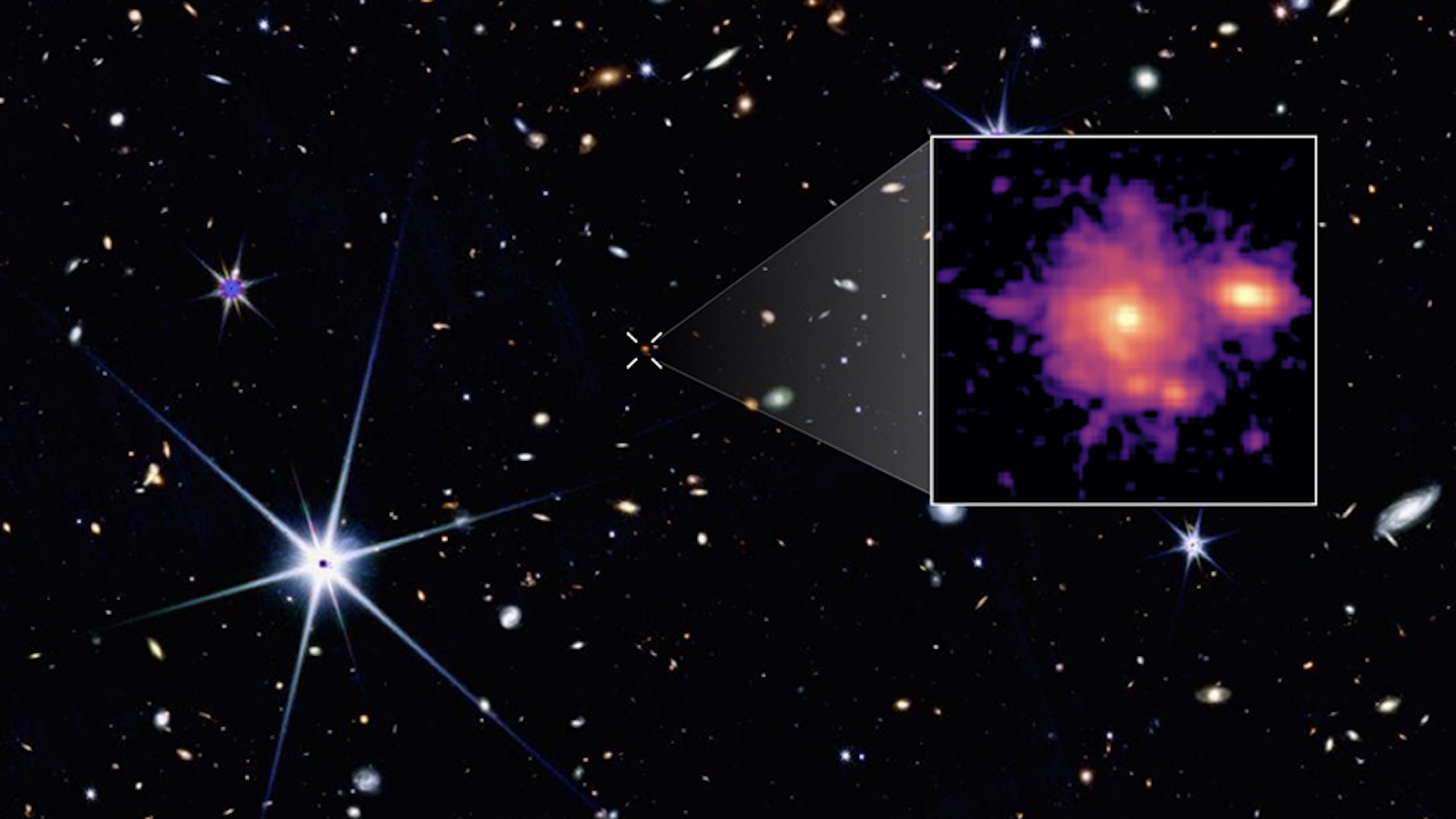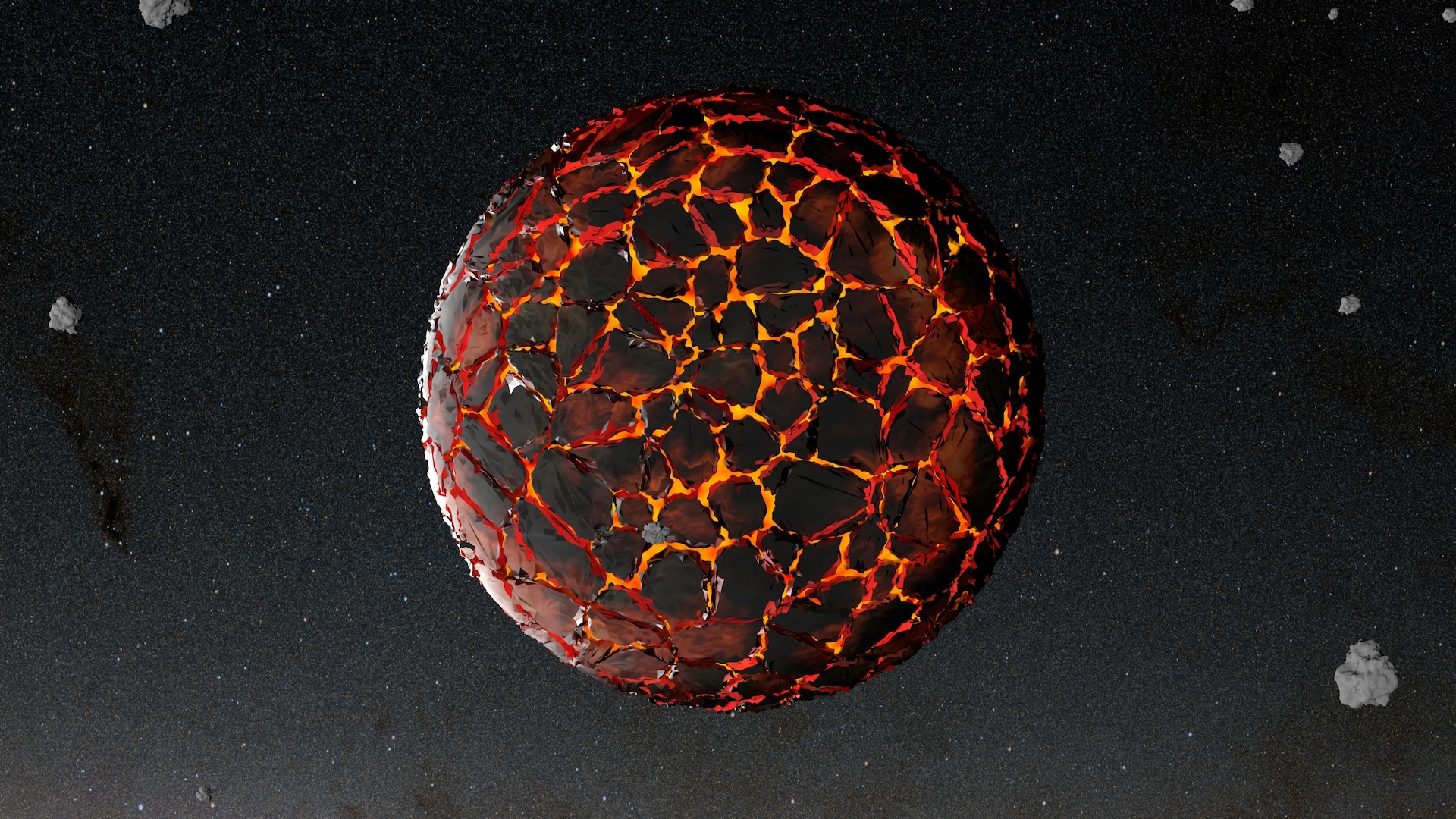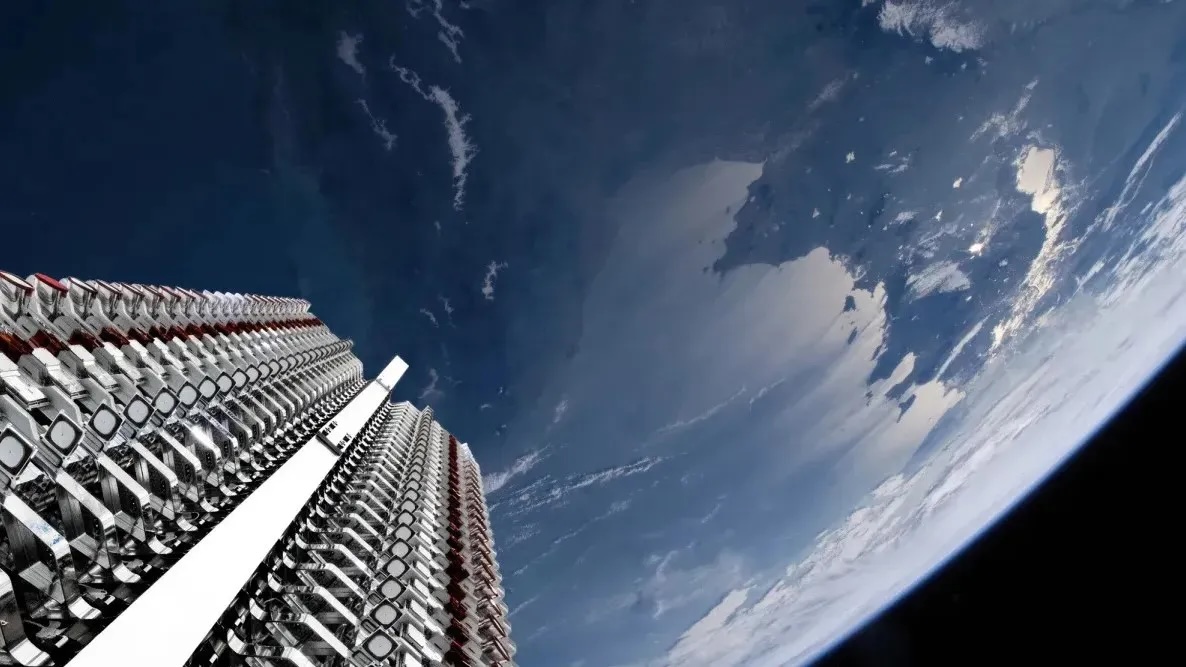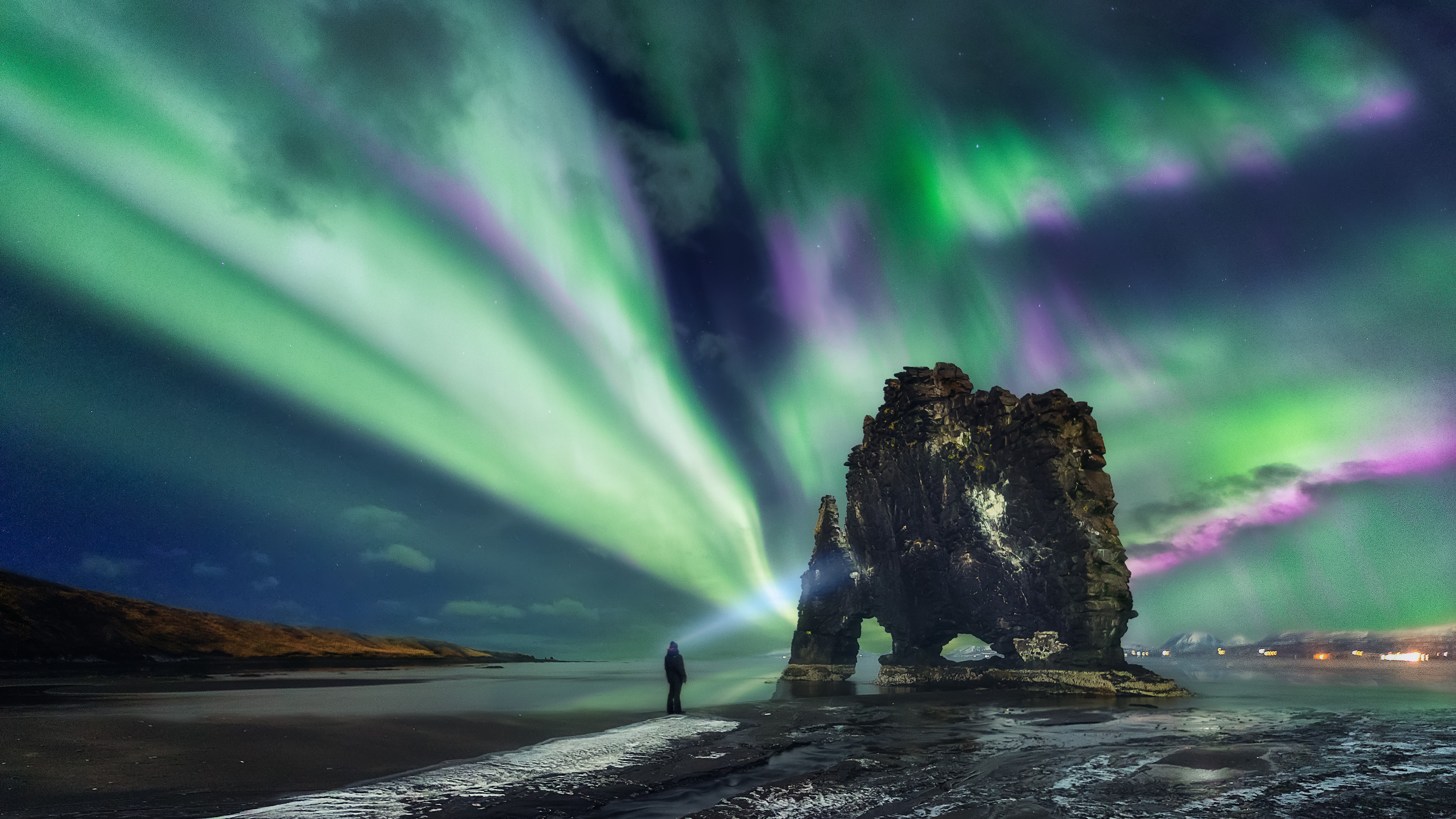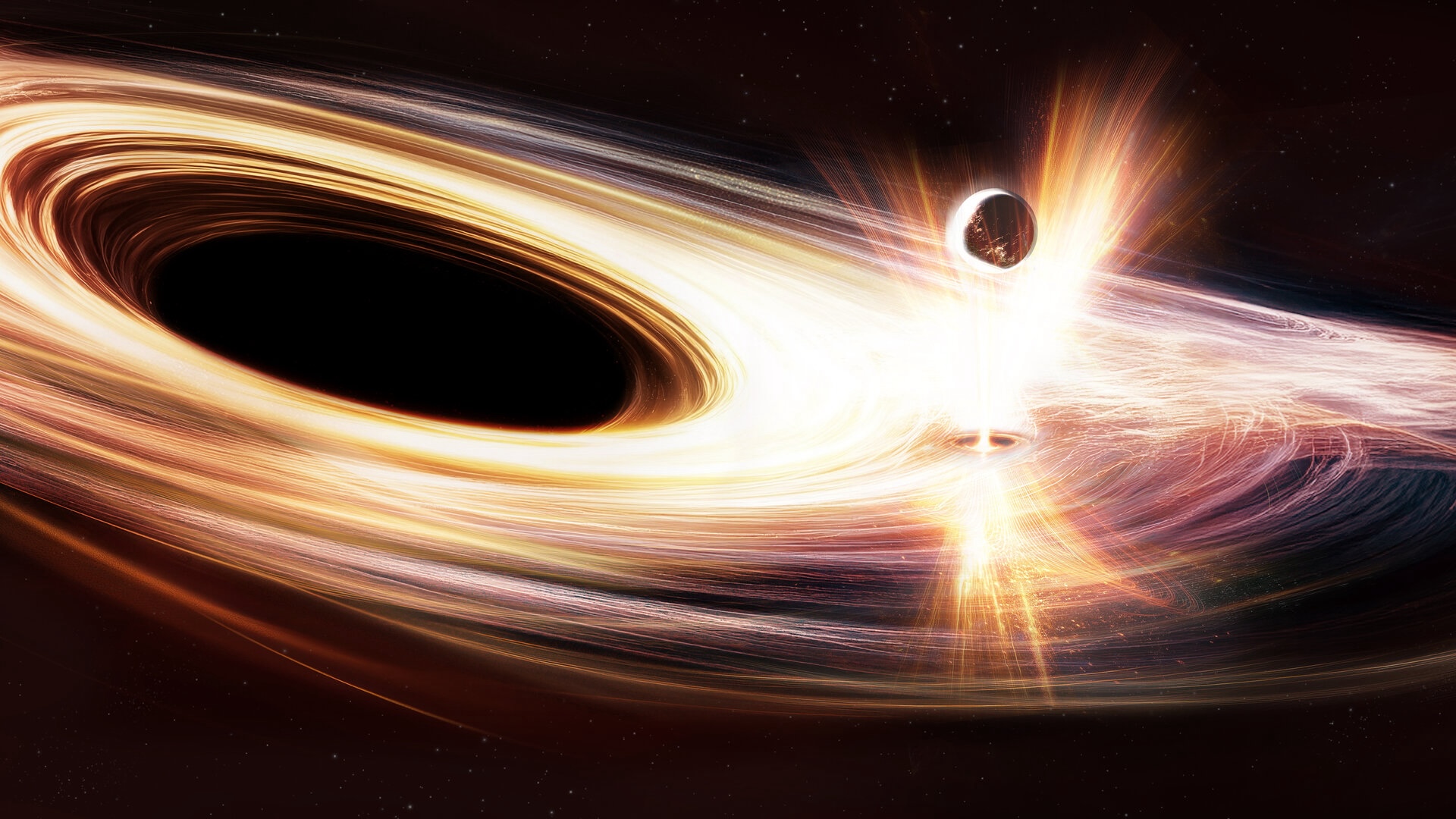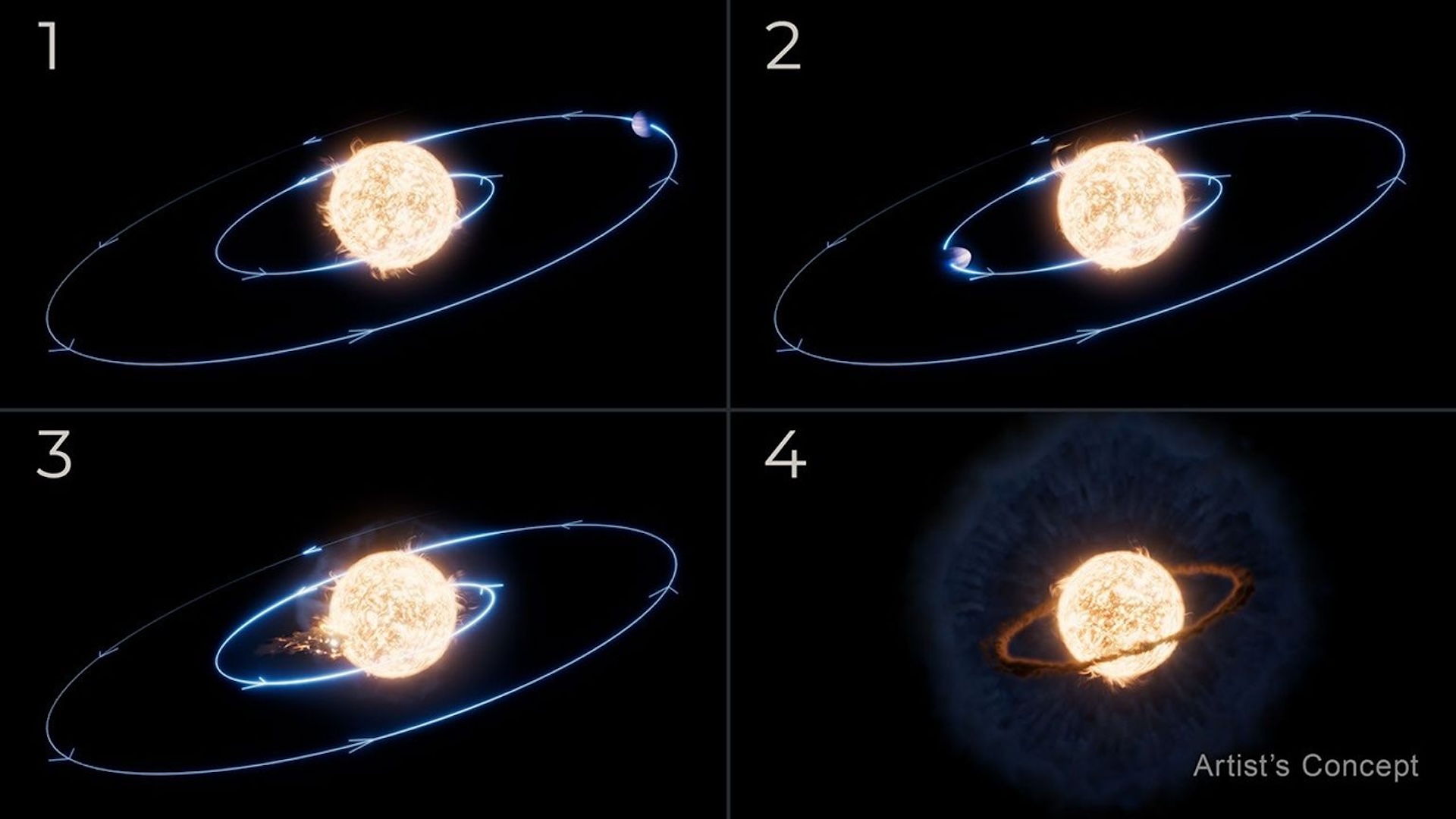Watch the Entire Total Lunar Eclipse in Just 1 Minute
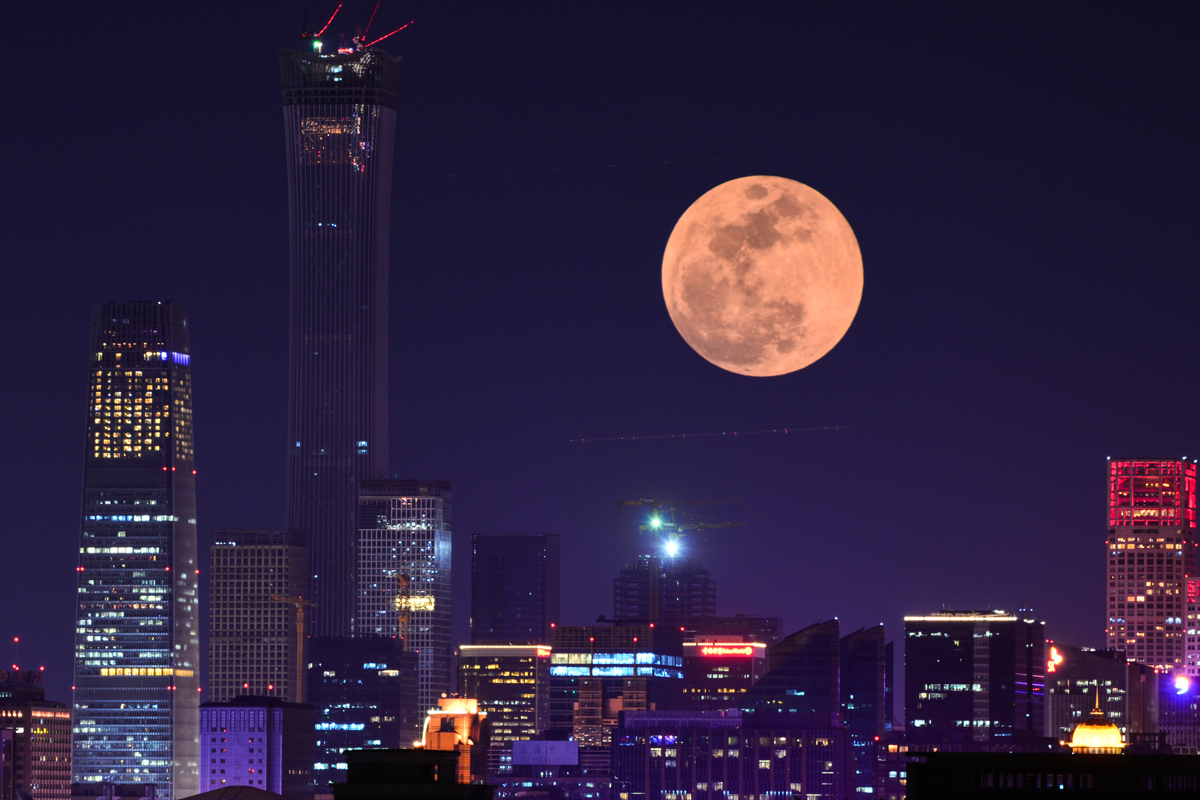
Did you miss this week's total lunar eclipse? And are you extremely strapped for time? Fear not, because the Griffith Observatory in Los Angeles has posted a 60-second time-lapse video of the celestial treat online.
The video captures an event that hasn't happened over North America in 152 years: a Super Blue Blood Moon and total lunar eclipse.
Separately, these events happen with regularity — supermoons happen throughout the year (they occur when a full moon is near perigee, its closest spot in orbit to Earth); Blue Moons occur about every 2.7 years; and lunar eclipses, which turn the moon blood red, can happen up to three times a year, although some years don't have any, according to NASA. [See Gorgeous Pics of the #SuperBlueBloodMoon Eclipse]
Given the rarity of all four events happening at once, combined with the fact that many people in North America may have been sleeping when the lunar eclipse happened during the early morning hours of Jan. 31, the Griffith Observatory has made catching up easy.
The Griffith Observatory staff began filming at 2:45 a.m. PST. The entire video lasted nearly 4 hours, but the staff compressed it into 60 seconds, with no time stretch until moonset, they wrote on YouTube. In fact, the moon set while it was still eclipsed, they noted.
Notice how the moon darkens as it passes into Earth's shadow, and then turns an eerie red. This happens because the long, red wavelengths from Earth's sunrises and sunsets are able to pass through Earth's atmosphere and illuminate the moon.
If you want to see the next lunar eclipse in person (rather than on a compressed video), you'll have to travel to South America, Europe, Africa, Asia or Australia, which will offer prime views of the world's next total lunar eclipse on July 27.
Sign up for the Live Science daily newsletter now
Get the world’s most fascinating discoveries delivered straight to your inbox.
However, if your July is already packed with things to do, stay tuned for Jan. 21, 2019, when the next total lunar eclipse, which is also a supermoon, will be visible from North America, according to Space.com, a Live Science sister site.
Original article on Live Science.

Laura is the archaeology and Life's Little Mysteries editor at Live Science. She also reports on general science, including paleontology. Her work has appeared in The New York Times, Scholastic, Popular Science and Spectrum, a site on autism research. She has won multiple awards from the Society of Professional Journalists and the Washington Newspaper Publishers Association for her reporting at a weekly newspaper near Seattle. Laura holds a bachelor's degree in English literature and psychology from Washington University in St. Louis and a master's degree in science writing from NYU.

